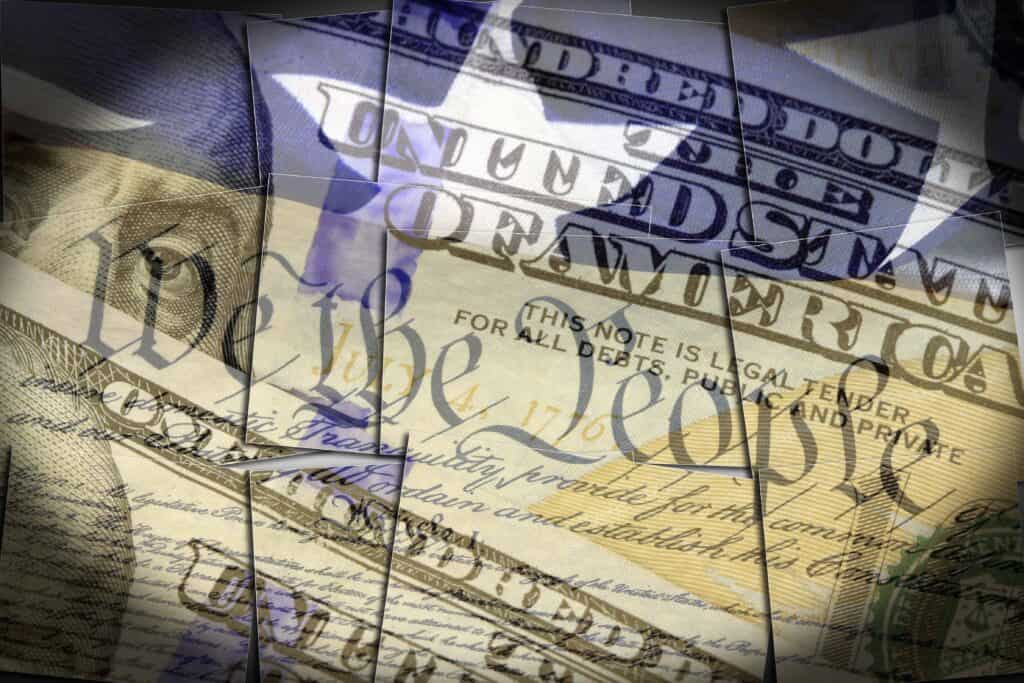Financial support comes in many different forms. People in need can get financial assistance through grants, donations, scholarships, supportive programs, and more. However, loans are one of the most popular forms of support. They can serve as an exceptional remedy for those in urgent need of money, seeking to consolidate debt, or desiring to avoid dipping into their savings and more. Loan providers can be individual lenders, banks, loan companies, and even the government itself. Unfortunately, many Americans don’t know that the federal government has plenty of loan programs with different conditions and purposes. Through this article, you will get a better idea of how different types of federal loans can help you.
What Types of Federal Loans are Available?
In general, people take out loans for several reasons. There is no universal standard for what a loan is used to pay for. For example, some loans can be used to finance a house, others to cover college expenses, and so on. So, the best loan for you could be different depending on why you need the money. Because of this, it’s essential to look into your available options and understand what purpose each of them serves. A few examples of popular federal loans are:
- Single Family Housing Repair Loans and Grants
- FHA Home Loans
- VA Home Loans
- Single Family Guaranteed Loan Program
- Direct Subsidized Loans
- Direct Unsubsidized Loans
Single Family Housing Repair Loans and Grants
The United States Department of Agriculture (USDA) offers this funding option for homeowners in need. This opportunity combines both a loan and a grant into one funding program. This option comes with an attractive package of benefits, including a fixed 1% interest rate for the loan, while the grant will not have to be paid back. With this assistance option, eligible borrowers can get up to $50,000: $40,000 in loans and $10,000 in grants. This is a great solution for those who need to update or renovate their property. However, this funding option is restricted to individuals who meet the requirements.
FHA Home Loans
You should probably consider an FHA loan before submitting an application for a conventional home loan if you need help funding your home purchase. This is because it comes with a package of perks, such as lower down payment requirements and more flexibility with credit score restrictions. The Federal Housing Administration (FHA), a part of HUD, is responsible for these loans. However, you can get them from approved private lenders. That may include lending companies, banks, individuals, and other approved financial institutions. It’s interesting to know that the minimum down payment for people with credit scores between 500 and 579 is 10%. While the minimum down payment for a mortgage is only 3.5% for people with credit scores of 580 or above.
VA Home Loans
The United States Department of Veterans Affairs (VA) makes home loans available through private lenders. This loan’s terms include:
- No down payment requirement
- Competitive interest rates
- No private mortgage insurance (PMI) requirement
- More flexible eligibility requirements
Still, it is up to the lender to set their own terms. But generally speaking, these loans are available to veterans, active-duty military personnel, and their spouses if they meet certain requirements. It’s important to keep in mind that some private lenders may have different loan term criteria, so you need to check with your lender first!
Single Family Guaranteed Loan Program
Other names for this program include the “Section 502 Guaranteed Loan Program.” This is another USDA option for homebuyers looking for a loan. This program can be helpful for both lenders and borrowers. In fact, through this program, lenders may face less risk than they otherwise would because the program guarantees the loans. Qualifying lenders can offer lending options to households that meet certain income requirements through this loan program. Borrowers may like to go for this loan option since it has no credit or down payment requirements.
Direct Subsidized Loans
There are many educational assistance options the government offers for low-income students to help them afford higher education. So, if you want to receive educational support from the government, you should fill out a Free Application for Federal Student Aid (FAFSA). This application will help determine your eligibility for a number of different forms of federal student assistance opportunities. This includes direct subsidized loans, which the United States Department of Education (ED) provides. You can get more information about the application and the available options from the financial aid office at your institution.
Direct subsidized loans are only available for students who can prove financial need. Depending on their circumstances, the amount of money a student can borrow through this option will vary. The ED will be responsible for the interest on these loans under the following conditions:
- During a period of deferment.
- If the student has completed at least half of the academic year.
- During the six-month post-graduation “grace period,” when the former student is no longer obligated to pay tuition.
Direct Unsubsidized Loans
Similar to subsidized direct loans, the ED is making this type of loan available to eligible borrowers. However, direct unsubsidized loans have an annual maximum loan amount of $20,500. If you are interested in this option, you should contact your school’s financial aid office for details. In order to apply, you will need to submit a FAFSA form. But keep in mind that you have to be one of the following to qualify:
- Professional student
- Undergraduate student
- Graduate student
In Conclusion
Loans are a common type of financial support that can be really helpful during difficult times. Sometimes, federal loans may have more benefits than traditional loans. So, if you need extra funding for almost any reason, you should consider the many loan options that the government has to offer. The options in this article cover different types of needs, such as housing and education. This means that there will be differences in the application process for each of them. To determine which one is best for you, you will need to understand how each loan can help and which agency you should contact for assistance.

